The London Aquatics Centre: A Triumph Of Avant-Garde Design At The 2012 London Olympics
- 18 Dec 2023
- By Deshal Shah
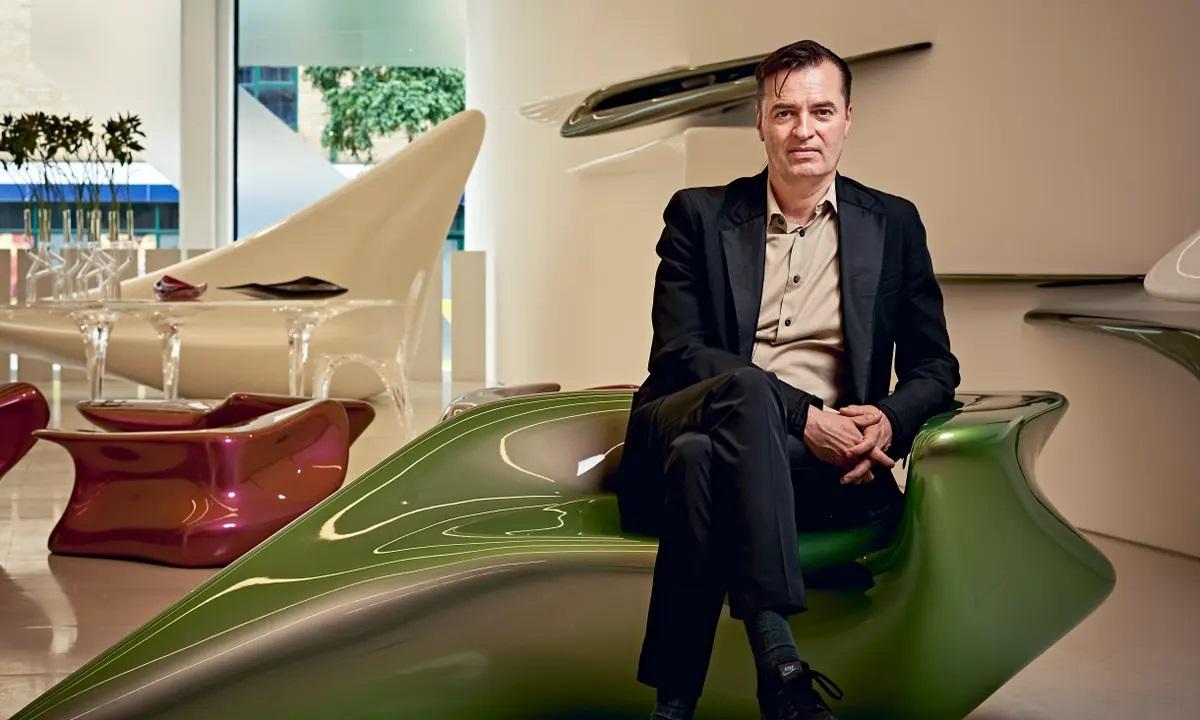
Patrik Schumacher is a renowned architect and a key figure in the field of parametric design and architectural theory. As a principal at Zaha Hadid Architects, he has played a pivotal role in pushing the boundaries of architectural innovation. Schumacher's work and writings have made a significant impact on contemporary architecture, advocating for parametrises as the next evolutionary step in architectural design.
Here are three of Patrik Schumacher's notable works:
1. The London Aquatics Centre
Designed by Zaha Hadid Architects for the 2012 London Olympics, this iconic aquatic facility features a distinctive and fluid architectural design, showcasing Schumacher's commitment to avant-garde design principles.
2. The Heydar Aliyev centre
Located in Baku, Azerbaijan, this cultural centre is a masterpiece of contemporary architecture. Its sweeping, organic forms challenge traditional architectural norms and exemplify Schumacher's commitment to pushing the boundaries of design.
3. The MAXXI - National Museum of the 21st Century Arts
Situated in Rome, Italy, this museum is a testament to Schumacher's innovative thinking. Its complex and dynamic geometry challenges conventional museum design, creating a space that encourages creativity and engagement with contemporary art and culture.
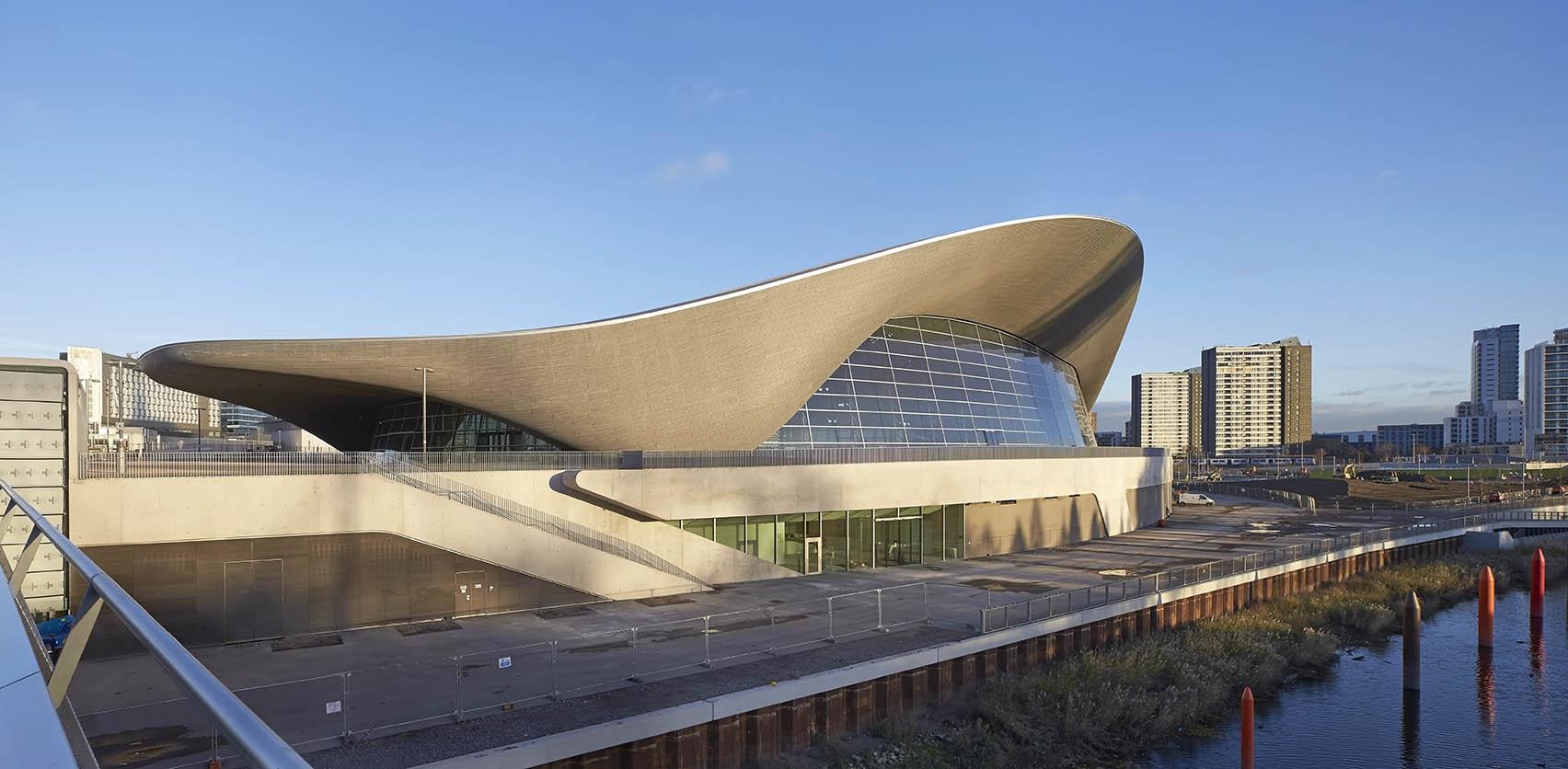
The London Aquatics Centre, a pivotal architectural marvel, gained international acclaim as a cornerstone of the 2012 London Olympics. Designed by the visionary architect Patrik Schumacher of Zaha Hadid Architects, this iconic aquatic facility is not just a swimming venue, but a living testament to avant-garde design and innovation. With its fluid architectural design, the London Aquatics Centre redefined the boundaries of contemporary architecture, leaving a lasting legacy that continues to inspire architects and design enthusiasts worldwide.
The Architectural Vision
Patrik Schumacher, known for his radical architectural philosophies, led the design team that conceptualized the London Aquatics Centre. Schumacher's avant-garde approach emphasizes pushing the limits of conventional design, and this approach was perfectly embodied in the Aquatics Centre. The structure's design is a visual symphony of organic forms, seamlessly blending with the surrounding environment and evoking a sense of fluidity.
The London Aquatics Centre was envisioned to be more than just a sports facility; it aimed to be a work of art, a symbol of London's embrace of modernity and innovation. Schumacher and his team were driven by the idea that architecture should reflect and respond to the dynamic and evolving needs of contemporary society, making it not only functional but also a piece of art that engages and inspires.
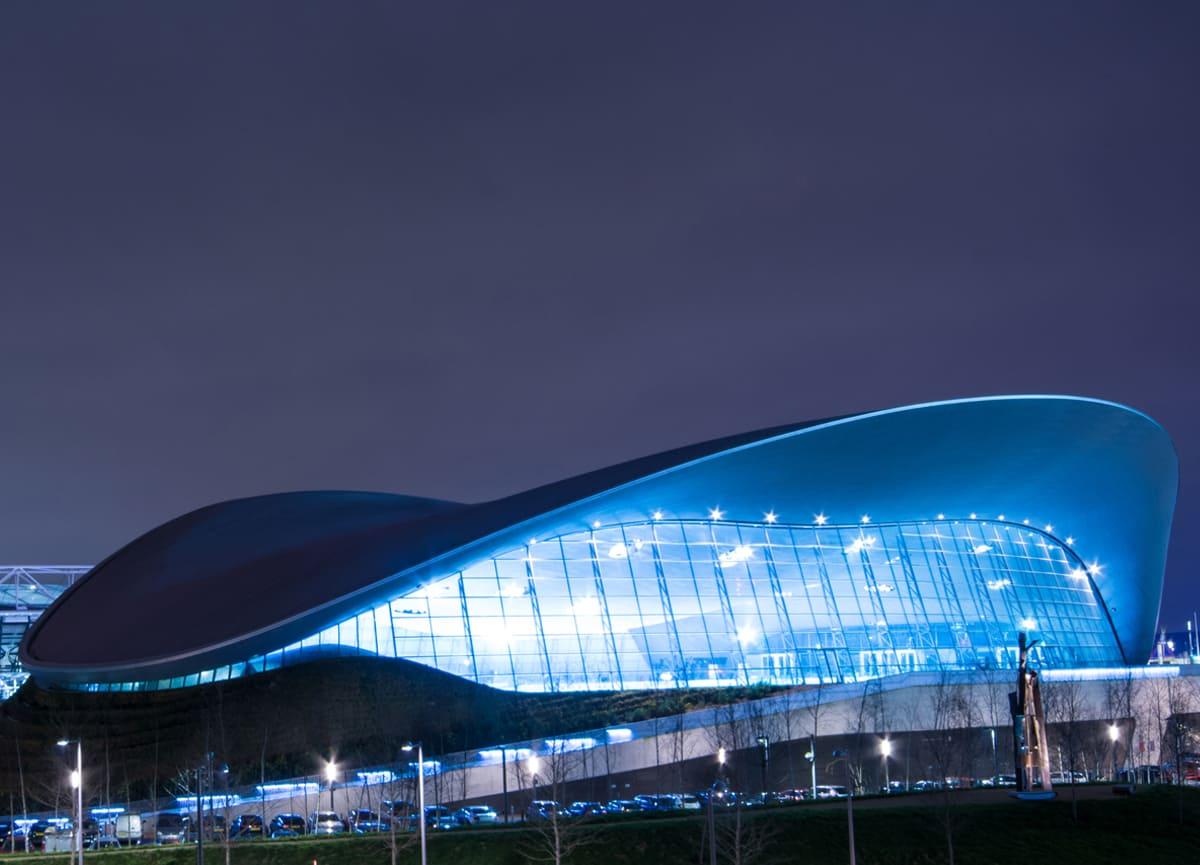
Design Highlights
The London Aquatics Centre's design is a striking example of Schumacher's parametric design principles, which prioritize fluid, organic forms. The most prominent feature of the facility is its undulating roof, resembling a wave frozen in time. This dynamic form is not just an aesthetic choice; it also serves a functional purpose. The sweeping roof design provides ample space and allows natural light to permeate the interior, creating an inviting and visually stunning environment for both athletes and spectators.
The innovative use of materials, including a combination of steel and concrete, allowed for the creation of the complex, free-flowing shapes that define the Aquatics Centre. These materials provided structural integrity while also achieving the desired aesthetic. This combination of form and function is a hallmark of Schumacher's approach to architectural design.
The London Aquatics Centre's fluidity extends to the interior spaces. The building features two 50-meter swimming pools and a diving pool. The interior design, marked by curvilinear walls and a harmonious colour palette, creates an immersive experience for visitors. The clever integration of technology in the facility, including efficient temperature control and lighting systems, ensures that it remains a comfortable and sustainable venue for athletes and spectators alike.
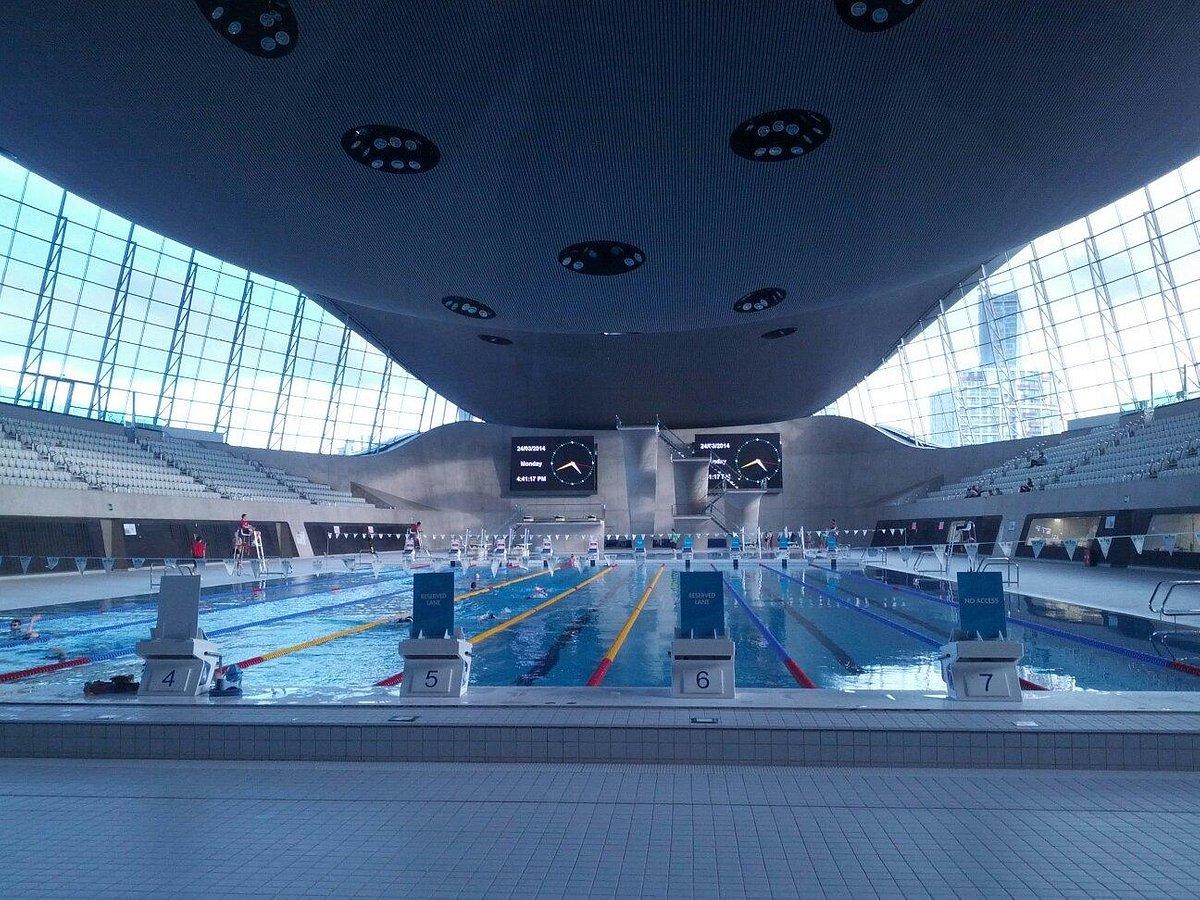
Legacy and Impact
The London Aquatics Centre's impact on contemporary architecture is immeasurable. It not only played a central role in the success of the 2012 London Olympics but also left a lasting legacy in the architectural world. Schumacher's design principles, showcased in this project, continue to influence architects and designers, pushing the boundaries of what is possible in architecture.
The Aquatics Centre's fluid architectural design has become a symbol of London's progressive spirit, an embodiment of the city's commitment to embracing modernity while paying homage to the dynamism of water. Its iconic presence on the Olympic landscape has made it a must-visit destination for architecture enthusiasts and tourists from around the world.
Beyond its aesthetic appeal, the London Aquatics Centre's functionality has made it a hub for competitive swimming, diving, and community recreation. It remains a beloved and well-utilized sports facility, further underlining the successful fusion of form and function in its design.
The London Aquatics Centre, an architectural masterpiece born from the visionary mind of Patrik Schumacher, stands as a testament to avant-garde design and innovation. With its fluid architectural design, it continues to captivate the world, serving as a timeless example of how architecture can push the boundaries of convention and create a lasting legacy. This iconic aquatic facility, a jewel of the 2012 London Olympics, has left an indelible mark on the architectural landscape, and its impact continues to inspire architects and design enthusiasts, making it a must-see destination for those who appreciate the beauty and ingenuity of contemporary architecture.
Recently Published
loves or pursues or

.jpg)




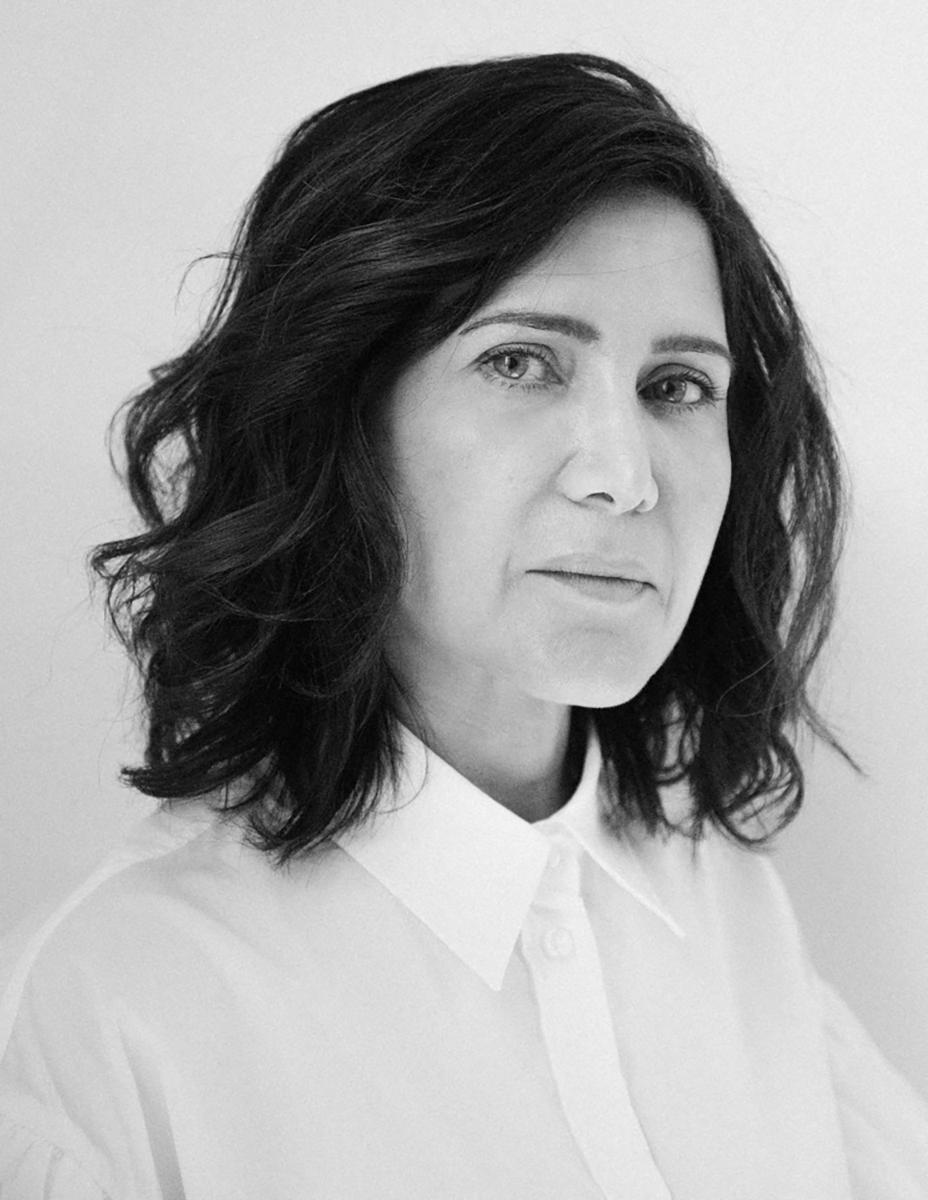

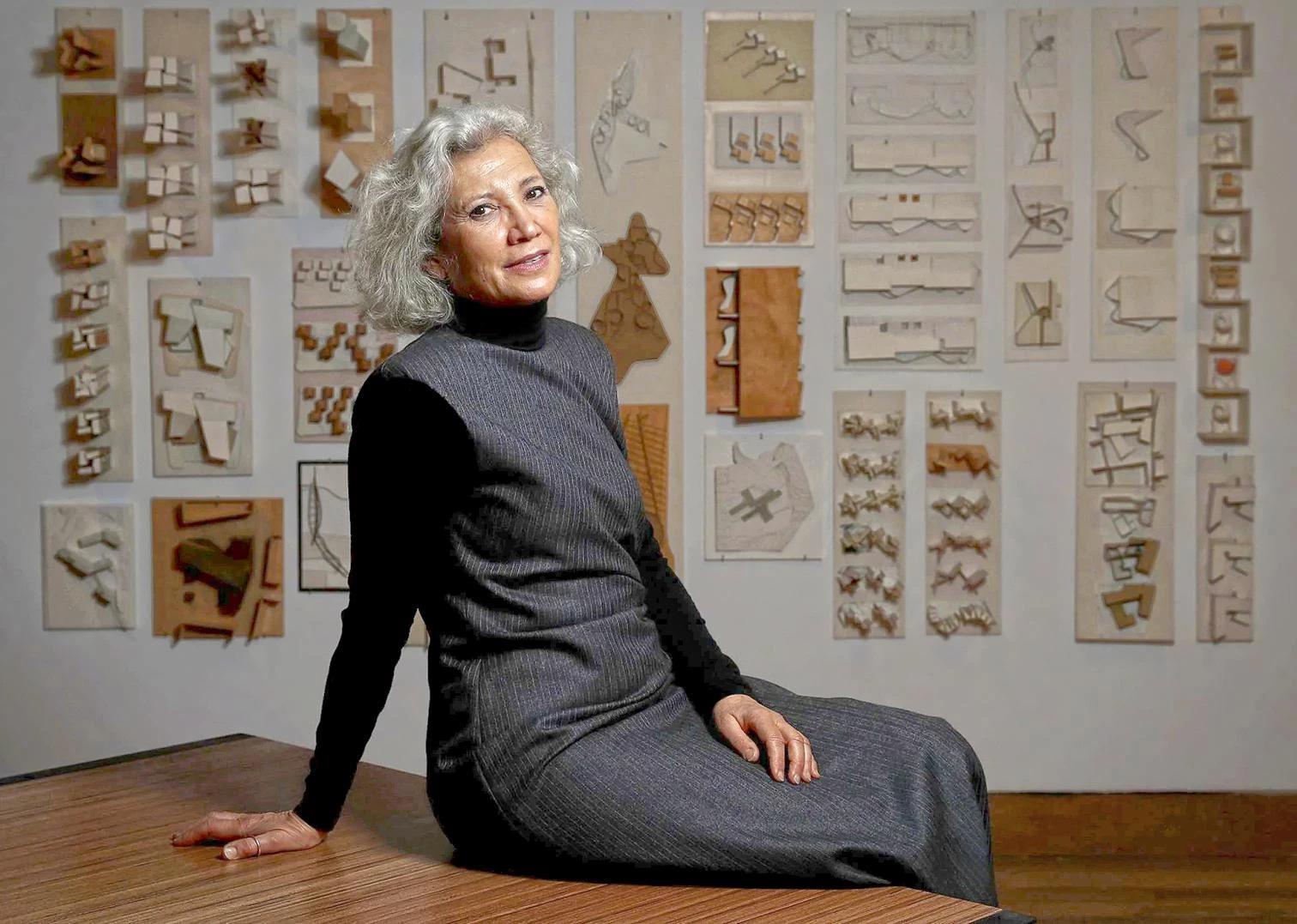
.jpg)